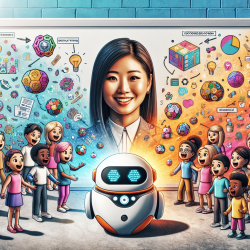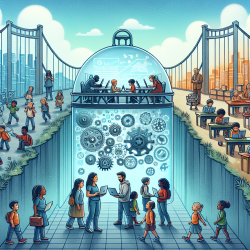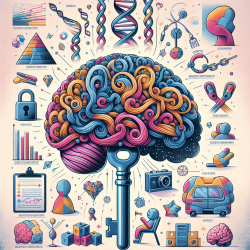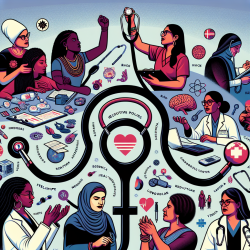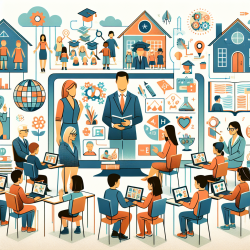Recent research by Arora et al. (2024) sheds light on the potential of social-educational robotics in enhancing the learning experiences of students with Autism Spectrum Disorder (ASD). The study, titled Managing social-educational robotics for students with autism spectrum disorder through business model canvas and customer discovery, offers valuable insights for practitioners aiming to improve their skills and create better outcomes for ASD students. Here’s how you can leverage these findings to make a significant impact in your practice.
Understanding the Research
The study utilizes the Business Model Canvas (BMC) framework to design and implement robotic interventions in high school settings. It highlights how social robots, such as the NAO and Pepper humanoid robots, can be integrated into the educational curriculum to meet the unique needs of ASD students. The research emphasizes the importance of a triad framework involving ASD students, teachers co-working with social robots, and the robots themselves.
Key Findings and Practical Applications
Here are some actionable insights from the research that you can implement in your practice:
- Enhancing Teacher-Student Relationships: Social robots can take over routine tasks, allowing teachers to focus on creative and relational activities. This leads to stronger teacher-student relationships and overall student development.
- Training for Teachers: Adequate training for teachers on how to collaborate with robots is crucial. Teachers who view robots as aids rather than replacements tend to have better relationships with their students.
- Personalized Learning: Social robots can provide personalized and engaging learning experiences tailored to the specific needs of ASD students, improving their social interaction and communication skills.
- Ethical Considerations: Ensuring that robotic interventions are ethical and comply with standards like HIPAA and FERPA is essential for the safety and well-being of ASD students.
Encouraging Further Research
While the findings are promising, further research is needed to explore the long-term impacts of social robots on ASD students. Practitioners are encouraged to conduct their own studies and share their findings to contribute to this evolving field.
Conclusion
Integrating social robots into educational settings for ASD students offers a myriad of benefits, from enhancing teacher-student relationships to providing personalized learning experiences. By leveraging the insights from this research, practitioners can make data-driven decisions that lead to better outcomes for ASD students.
To read the original research paper, please follow this link: Managing social-educational robotics for students with autism spectrum disorder through business model canvas and customer discovery.
